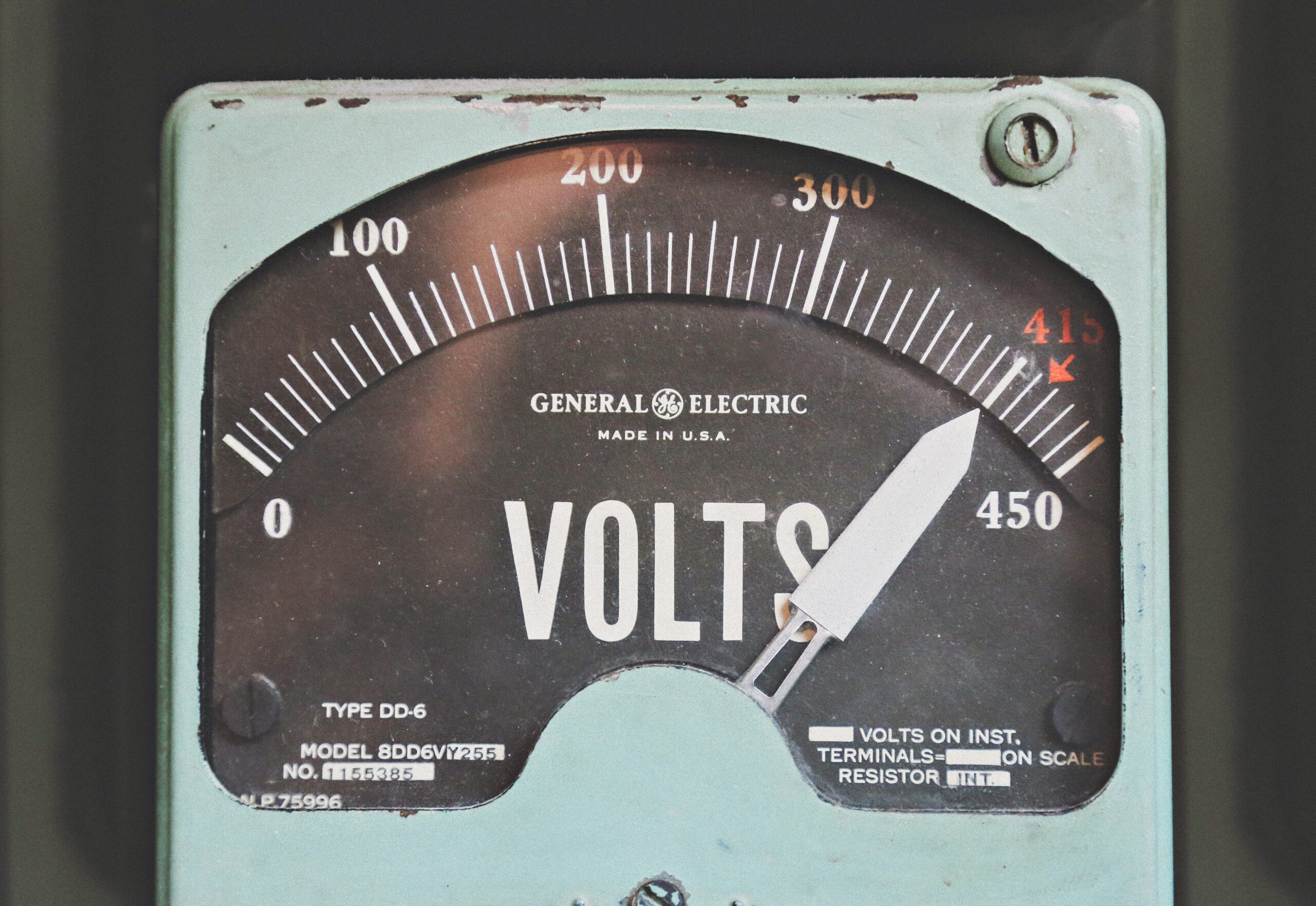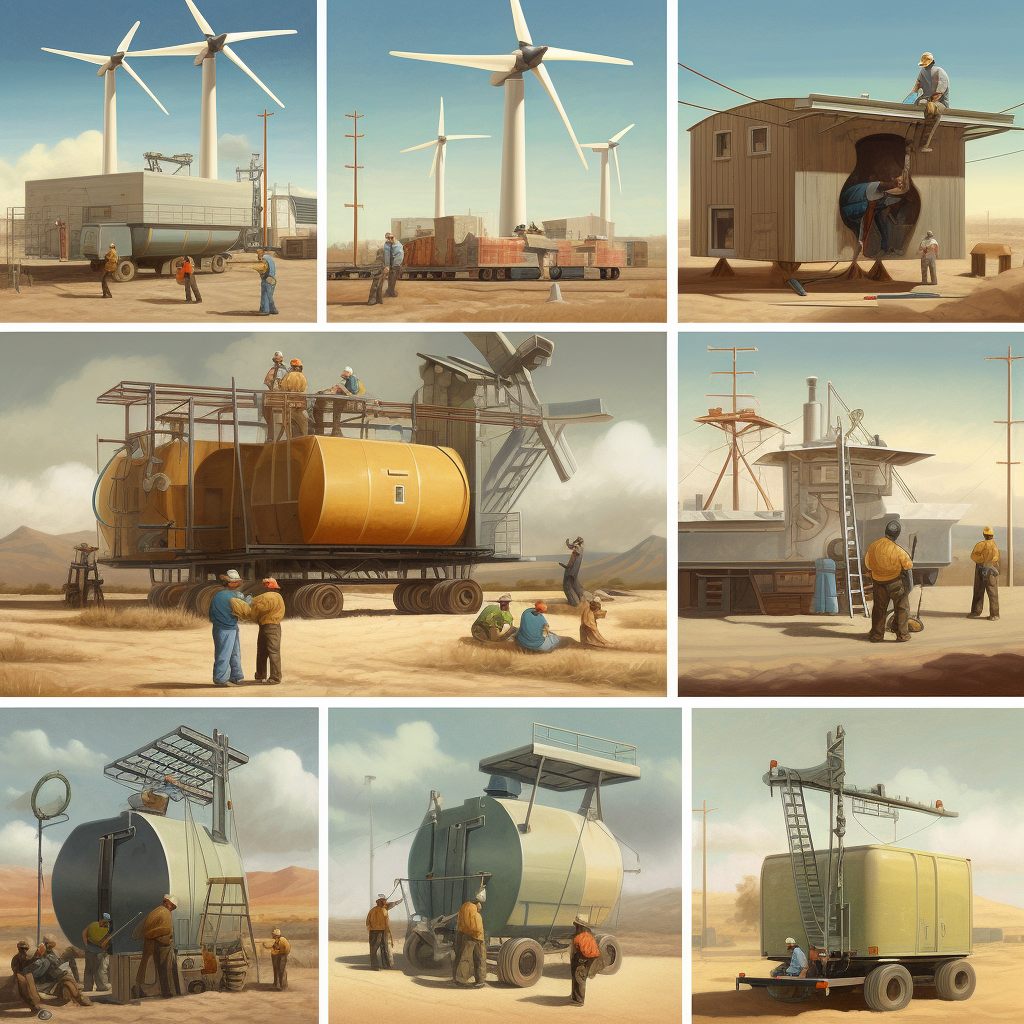
Build electricity-generating machines, connect to the grid, and generate revenue. The steps sound easy, if not cheap. Yet as time-consuming and expensive as it can be to acquire the funding, parts, land, and labor to construct a fleet of wind turbines or solar panels, being allowed to connect a wind or solar farm to the grid takes years and millions of dollars, with delays and costs increasing over time. Welcome to the interconnection process, the generally-ignored half of electricity generation, and the half that is receiving far less regulatory and fiscal support. Interconnection will shape the size and makeup of the American electricity market for decades, and how the nuclear industry handles it will help to determine the success or failure of this nuclear renaissance.
Most people talk of the US electric grid, the system, the market, but it is actually an amalgamation of different grids covering large areas that sometimes align with state borders but often do not. Each grid is overseen by a separate entity, called regional transmission operators (RTOs) or independent system operators (ISOs), except when they are overseen by utilities. Names aside, these entities operate grids, manage electricity markets, and oversee plans to ensure reliable electricity in a grid. That makes them the gatekeepers between the creators of electricity, like owners of a wind-farm-to-be, and electricity consumers. Before an electric project can interconnect, it must pay a deposit and apply to enter a queue, then wait years to learn whether the project is approved and how much the project will cost. Between applying and the final result is a black box that torpedoes many projects, with developers left in the dark about how long and how expensive the project will be. The RTOs/ISOs are not trying to dissuade energy projects, but the physical realities of the US electric grids, the shortage of highly-skilled individuals to conduct analyses, and the cornucopia of proposed projects has overwhelmed the systems’ physical and human capacity.

Lawrence Berkeley National Laboratory has crunched the interconnection numbers and found a grim situation becoming grimmer. Back in 2008 an average project would take around two years to connect to a grid, and even by 2015 the average increased only to three years. By last year that had swelled to five years. The delays cause backlogs to grow, causing further delays. At the end of 2020 about 5.5 thousand projects were waiting to connect. By the end of last year over 10 thousand projects were waiting. With no relief in sight, it is safe to assume that the average wait for projects entering queues this year will exceed five years. For some developers, time is a luxury that they can afford while financing is not, and the costs to connect are high and rising. Moreover these costs vary by location, capacity, electricity source, with a vast range from the cheapest to the most expensive projects. Using MISO as an example, while the 2019-201 average complete project cost $102/kW, active projects were $156/kW and dropouts – where owners gave up – were $452/kW. MISO wind projects are incredibly expensive, nearly $400/kw, twice the cost of solar and four times the cost of natural gas. Even wind projects that completed connection saw costs of ~$250/kW, vs. ~$630/kW for wind dropouts. The average capacity of newly installed U.S. wind turbines in 2021 was 3 MW, so even a ten turbine MISO project might incur costs of $7.5m. With such high costs it is no surprise that the dropout rate is high, but just how high shows how much the US will struggle in its energy transition, and will pose yet another hurdle for the nuclear industry.
Only a fifth of projects that entered the queue from 2000 to 2017 actually made it to the finish line and switched on by 2022. That understates the problem, because only a seventh of the total capacity managed to switch on by last year. The percent-of-projects and percent-of-capacity success rates vary widely depending on the ISO/RTO. During that period the New York ISO, for instance, succeeded with only 15% of projects and 9% of capacity, while the ISO that covers most of Texas saw 31% and 24%, respectively. Ultimately these delays and dropouts reflect a basic fact about America’s electric grids: total installed capacity – about 1.25 tW – is much lower than the total capacity in queues, about 2 tW. The millions of dollars charged to project developers pays for studies to determine what the effects of a project on a specific grid will be, what needs to be done to add capacity, and the actual work to add that capacity. Project developers thus pay to grow the system that they intend to join, but each dropout changes the overall analysis, adding to costs and delays. The system does not need to work this way, and if clean energy projects, including nuclear, are to replace coal, oil, and gas quickly, there are steps that ISOs/RTOs and legislatures can take to mitigate the problems.
One can think of the current interconnection process as a landlord figuring out how many rooms need to be added to a building at what cost before telling a potential tenant whether the lease is approved and at what cost. The landlord could instead add a large number of units, assured in the knowledge that eventually all of them will be used. ISOs/RTOs may not always have tens of billions of dollars lying around or have the legal authority to expend funds for this purpose, but the states and cities covered by an ISO collectively have the funds. Fronting the money to add capacity would lower electricity costs to consumers down the road, but would require states and municipalities to agree on which ones contribute how much.

Despite the electrical capacity in queues exceeding total electrical use by 60%, it is certain that US electrical demand will rise to that 3 tW and beyond level as ever more transportation, heating, and cooling is powered by electricity. BloombergNEF has estimated that for humanity to reach net zero emissions by 2050 will require at least a tripling of current electricity production. In the US nuclear plus renewables account for 20% of total energy, versus about 40% of total electricity. Electricity accounts for a quarter of US greenhouse gas emissions, slightly more than industry and slightly less than transportation. Electrifying three-fifths of US energy – still far short of net zero goals – would thus require tripling electricity capacity. Meanwhile nuclear and renewables projects need to join the system before coal plants and other systems are removed. About a quarter of US coal plants are set to close within a decade, and rules proposed by the Biden administration may increase that share.
Where does this leave the US nuclear industry, especially companies that seek to add small modular reactors (SMRs) to the grid in years to come? With the US only having built four reactors in the past quarter century, it is not clear whether interconnection fees will look more like MISO’s $100/kW for gas or like its $400/kW for wind, but some presumptions may be safe to make. First, approvals will be slow, so entering interconnection queues as early as possible is essential. Second, assessing the average wait time and cost/kW by ISO/RTO, by type of project, and by size is key for SMR developers to make reasonable guesses as to their eventual interconnection cost. Third, speak with ISO/RTO insiders to learn whether a particular ISO/RTO is likelier to treat an SMR like a natural gas project (i.e., low cost/kW) or like a wind project. Finally, SMR developers should collectively advocate for ISOs/RTOs, legislatures, and the federal government, especially the Federal Energy Regulatory Commission (FERC) to add more capacity to the system and to ease the process and transparency for interconnection requests. SMR companies have one advantage, namely that none of them are at the point where they are ready to connect to the grid, which means that there is an opportunity to reduce delays and costs by the time that they are ready. Build, connect, generate revenue sounds simple, but unless interconnection changes then SMRs in some years, like many wind and solar farms now, may join the dropout pool.

0 Comments